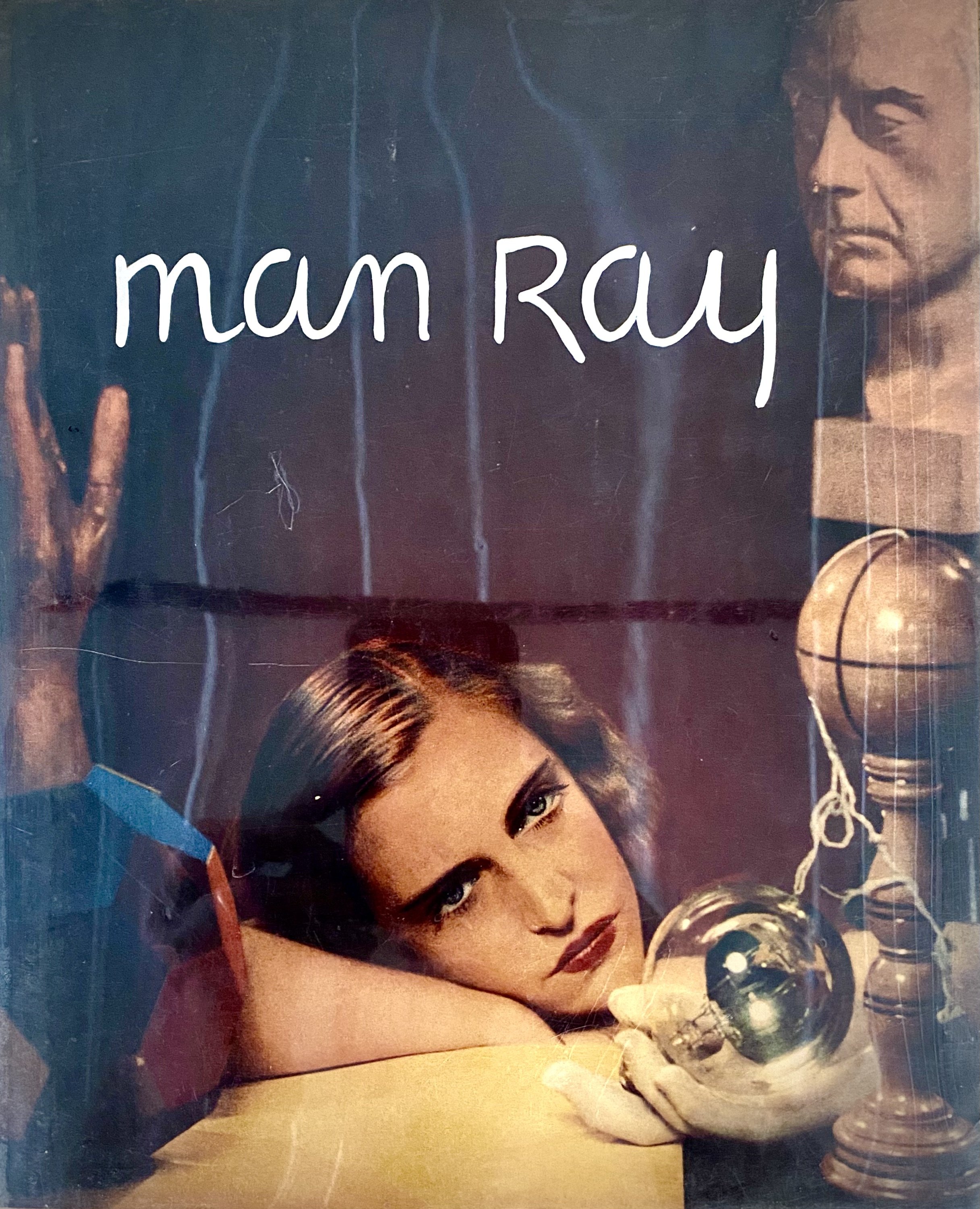 Image 1 of 8
Image 1 of 8

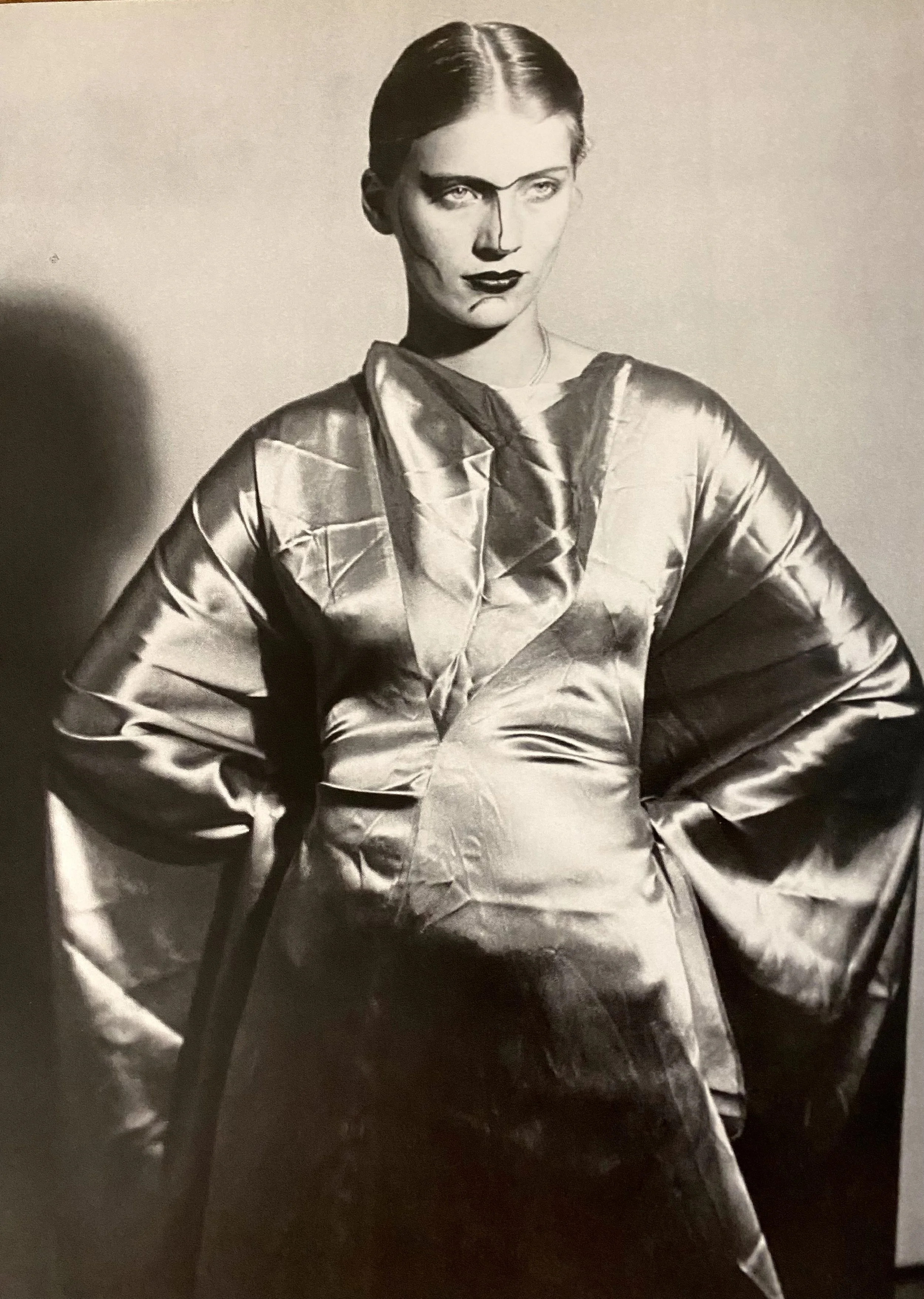 Image 2 of 8
Image 2 of 8

 Image 3 of 8
Image 3 of 8

 Image 4 of 8
Image 4 of 8

 Image 5 of 8
Image 5 of 8

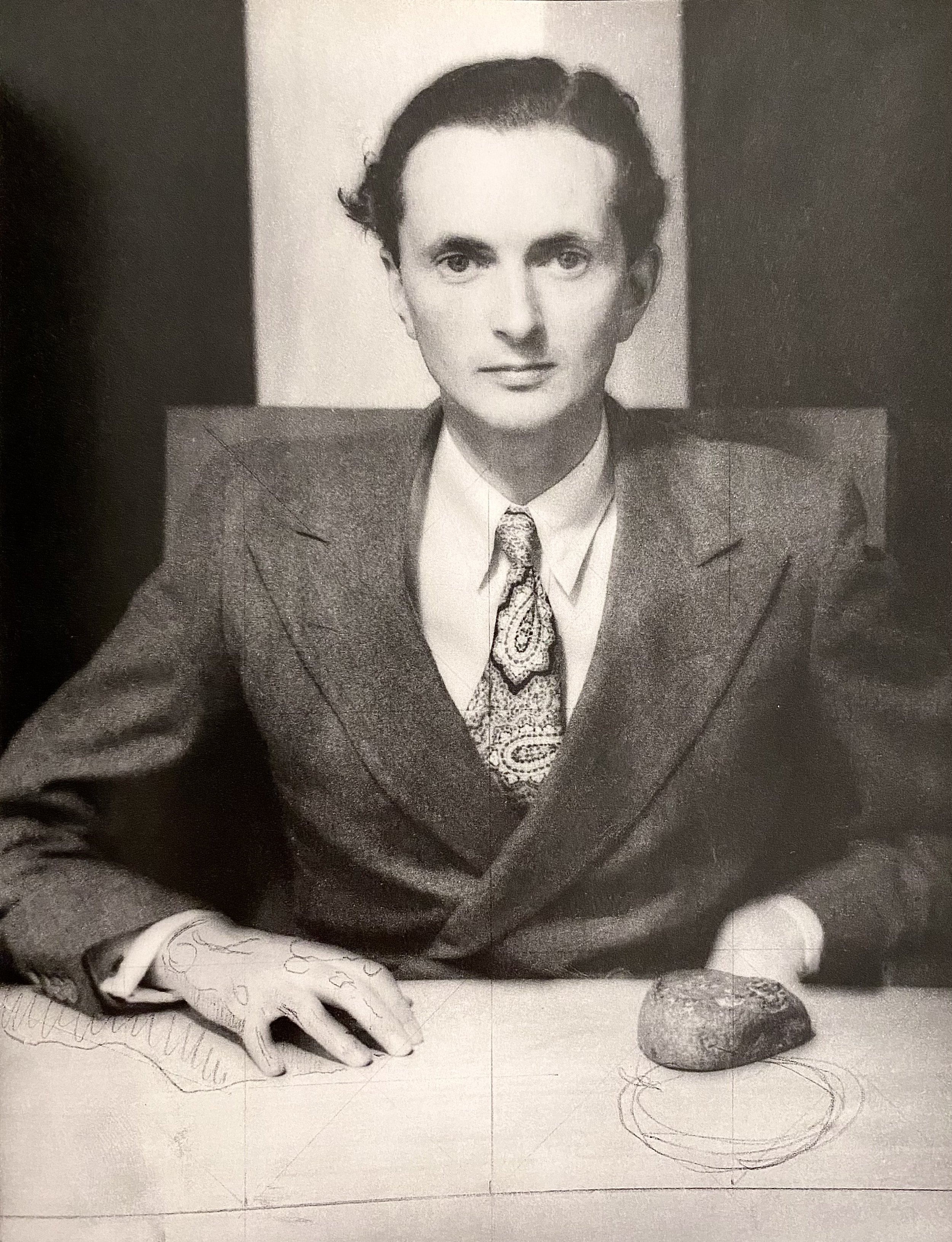 Image 6 of 8
Image 6 of 8

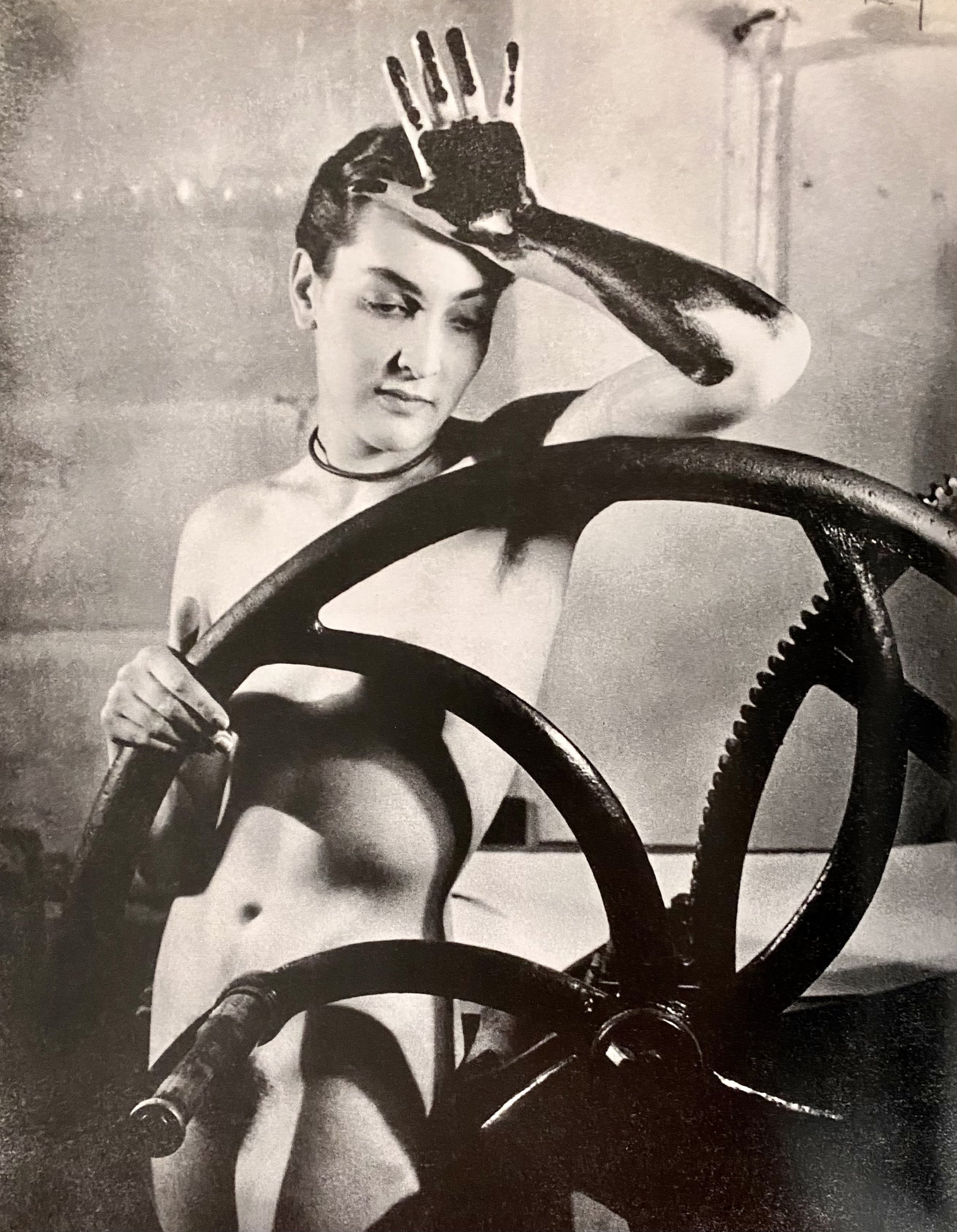 Image 7 of 8
Image 7 of 8

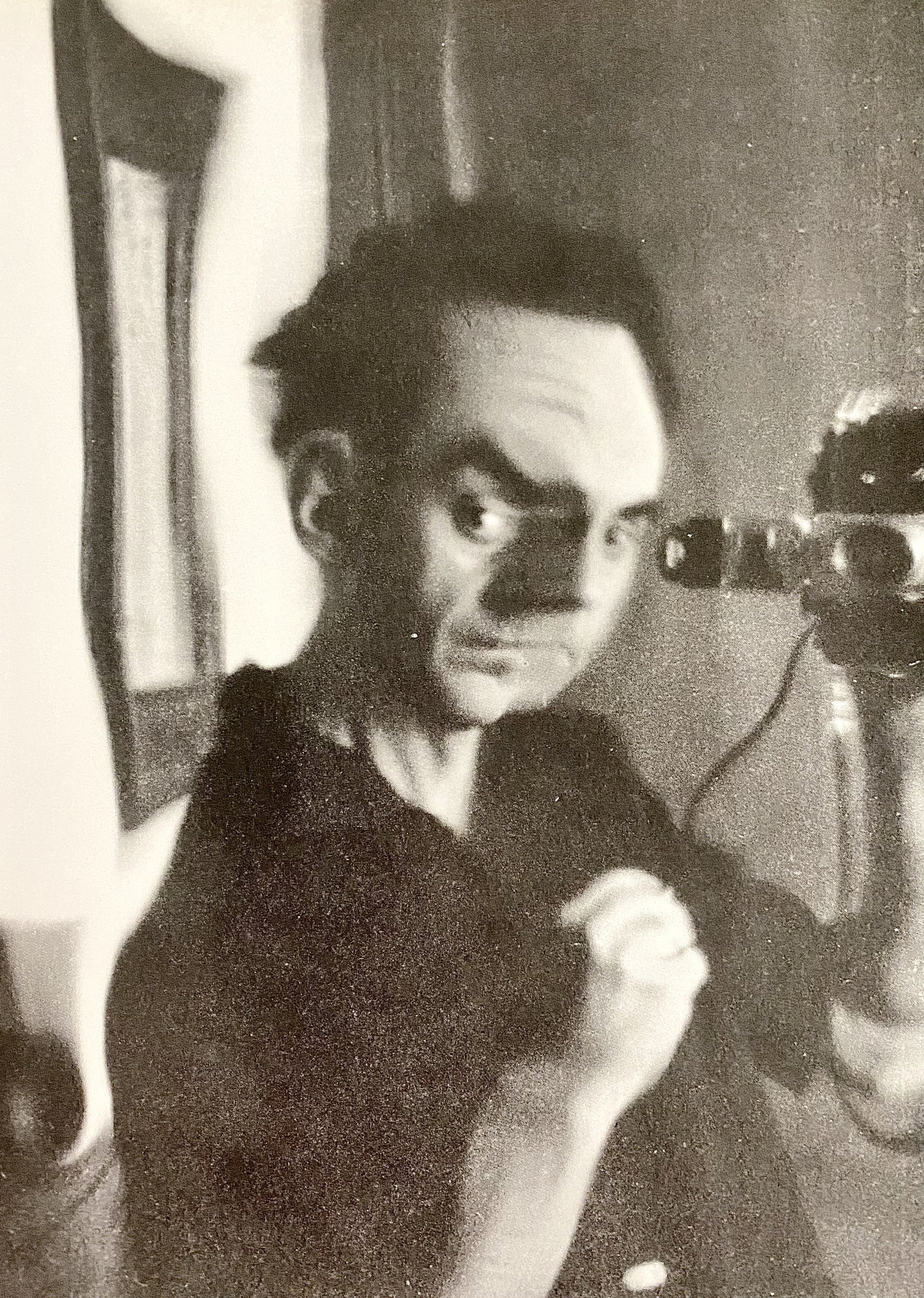 Image 8 of 8
Image 8 of 8









Man Ray, 1890-1976
Man Ray (born Emmanuel Radnitzky) was raised in a family of Jewish immigrant tailors and garment workers in Brooklyn. His family reluctantly supported his ambition to learn painting, and he devoted himself to the study of classical art. Then came the notorious 1913 Armory Show… Ray fell in with Marcel Duchamp and his DADAist circle, and never looked back. in addition to painting, he created inventive ready-mades and assemblages, and begin to devote himself to the photography for which he would become best known.
Man Ray moved to Paris in 1921 and joined the Montparnasse Surrealism scene, populated by artists and thinkers like Andre Breton, Max Ernst, Tristan Tzara, and Paul Eluard. During this time, Ray rediscovered the cameraless “photogram” photography technique, and (with collaborator Lee Miller) the technique of “solarization”, which lend many of his famous portraits their otherworldly sheen. Among those who sat for the photographer were Miller, Yves Tanguy, Jean Cocteau, Salvador Dali, Joan Miro, and Gertrude Stein — a Who’s Who of 20th century creative genius.
Also documented in this gorgeous, large format book are Man Ray’s famous surrealistic photographic compositions (including Le Violon d'Ingres, Noire et Blanche) as well as his innovative fashion spreads for Vanity Fair, Vogue, and Harper's Bazaar.
Quarto, hardcover. 351 pages, 300 photographs. Fine in Fine, mylar-protected dustjacket.
Man Ray (born Emmanuel Radnitzky) was raised in a family of Jewish immigrant tailors and garment workers in Brooklyn. His family reluctantly supported his ambition to learn painting, and he devoted himself to the study of classical art. Then came the notorious 1913 Armory Show… Ray fell in with Marcel Duchamp and his DADAist circle, and never looked back. in addition to painting, he created inventive ready-mades and assemblages, and begin to devote himself to the photography for which he would become best known.
Man Ray moved to Paris in 1921 and joined the Montparnasse Surrealism scene, populated by artists and thinkers like Andre Breton, Max Ernst, Tristan Tzara, and Paul Eluard. During this time, Ray rediscovered the cameraless “photogram” photography technique, and (with collaborator Lee Miller) the technique of “solarization”, which lend many of his famous portraits their otherworldly sheen. Among those who sat for the photographer were Miller, Yves Tanguy, Jean Cocteau, Salvador Dali, Joan Miro, and Gertrude Stein — a Who’s Who of 20th century creative genius.
Also documented in this gorgeous, large format book are Man Ray’s famous surrealistic photographic compositions (including Le Violon d'Ingres, Noire et Blanche) as well as his innovative fashion spreads for Vanity Fair, Vogue, and Harper's Bazaar.
Quarto, hardcover. 351 pages, 300 photographs. Fine in Fine, mylar-protected dustjacket.